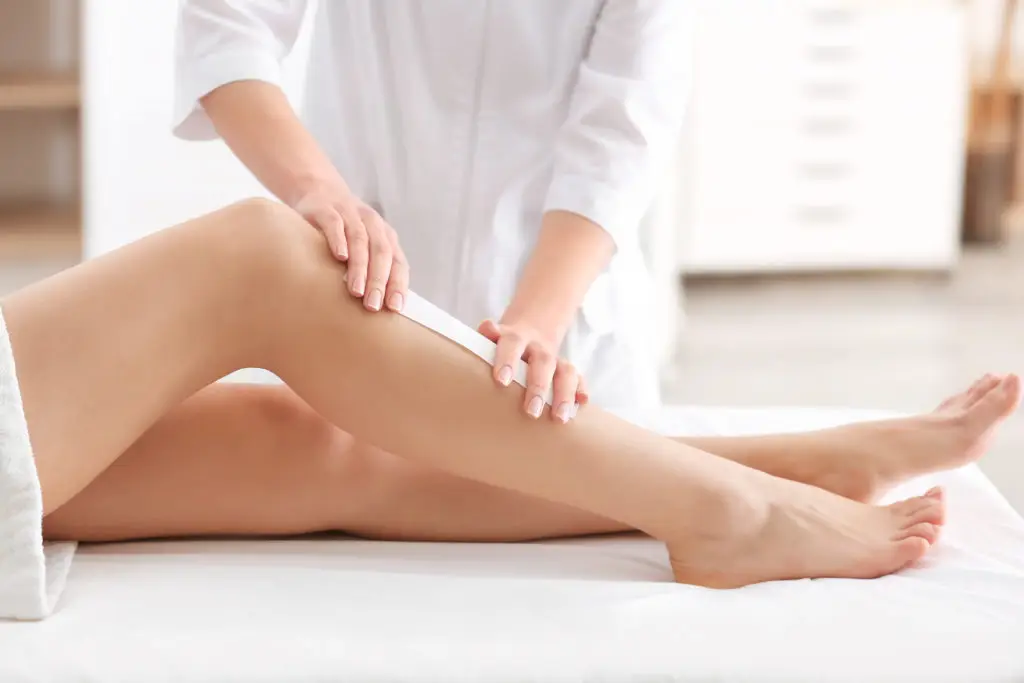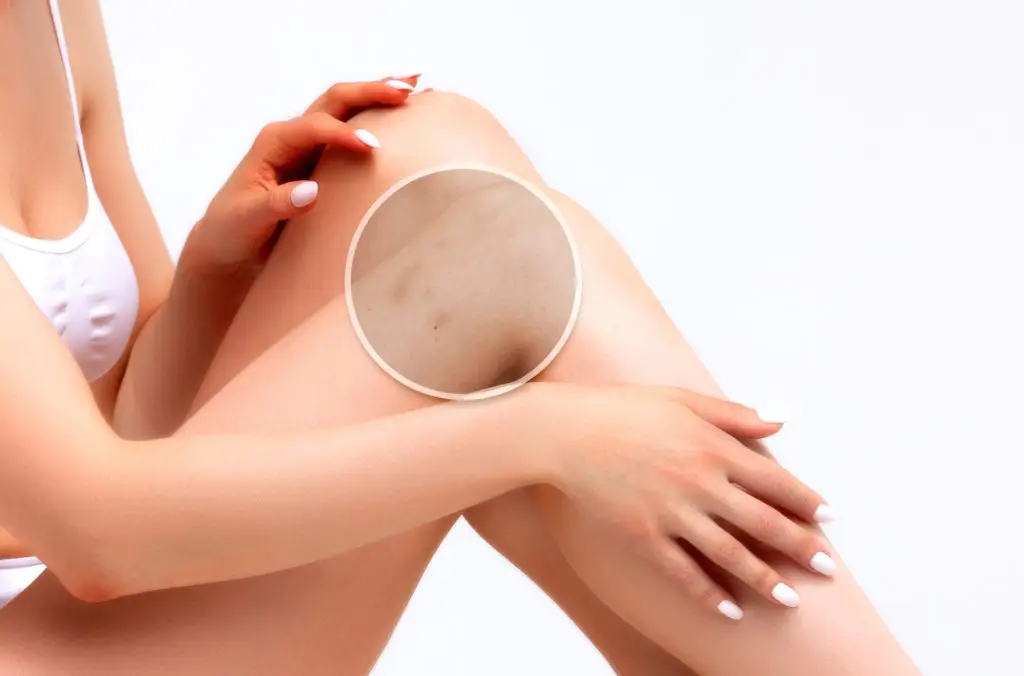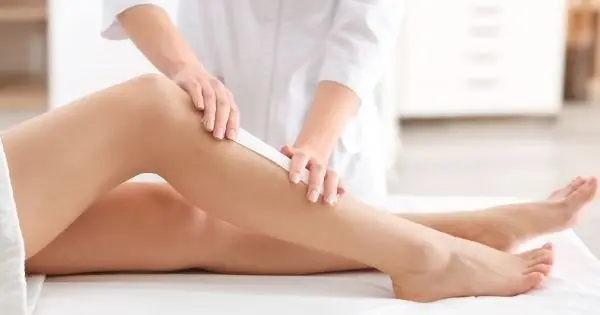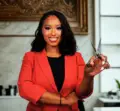
It’s no surprise that many people go to esthetician school to learn waxing. As a career, waxing has tremendous job security. Common areas for waxing hair removal are legs, arms, back, upper lip, eyebrows and bikini line, meaning that many body areas can be treated. Both men and women use waxing services. Most clients require a new treatment at least once a month to maintain results. If they like you, they will keep coming back.
If you are technically skilled and provide excellent customer service, there is ample opportunity for you to succeed as a professional waxing expert. Esthetician programs can help you build these skills. Be sure to pay attention in your waxing esthetician classes. If you don’t learn proper waxing techniques, things can go very wrong.
At best, your clients will be unhappy and won’t return. At worst, they will tell others about their negative experiences. Both things will make it impossible for you to build your business. If a client has a severe physical reaction to your poor waxing treatment, the consequences are even worse. You could lose your license and even face a lawsuit.
Let’s take a look at a few specific physical consequences of waxing treatments gone wrong.

Pain and Bruising
When a sensitive area like the bikini line is being waxed, some degree of pain is inevitable. However, not knowing the proper waxing techniques can cause your clients to experience severe pain. This pain may linger as bruising. Not only will the client have a negative experience during the waxing procedure, but the results will be unsightly. They will feel, understandably, that their time and money were wasted.
Esthetician classes will teach you techniques for minimizing pain during waxing procedures. You will also learn practices your client can follow to help diminish pain themselves. These include taking over-the-counter painkillers before waxing appointments and relaxing body parts while they are being waxed. You might encourage your female waxing clients to avoid treatments during their menstrual cycles.
Ice, heat, Vitamin C and aloe vera all help the skin heal from pain and bruising. But unfortunately, the only real cure for bruising and pain incurred from a bad waxing treatment is time.
Burning and Peeling Skin
In addition to bruising, a bad waxing treatment can cause the skin to burn and peel. As with bruising, these results are both uncomfortable and unattractive. They lead clients to wonder why they bothered getting waxing treatments in the first place.
A good waxing technique includes ensuring your wax is neither too hot nor too cold. Keeping the wax on your client’s skin for the right amount of time is also key. Wax that is too hot or left on too long will cause the skin to burn and peel. While some do-it-yourself cold wax is available, this is often far less effective for hair removal and can cause skin irritation anyway.
If cold wax is stuck to the client’s skin, use a clean cotton pad soaked in alcohol to remove it, then apply a moisturizing lotion to the area.
The treatments for burned or peeling skin are the same as those for bruised skin. In both cases, only time will heal the damage. If your client’s burn or peeling is severe, you may clean and bandage it to prevent infection.
Pimples, Rashes and Ingrown Hairs
Depending on your client’s skin type and hair growth, pimples, rashes and ingrown hairs may be possible side effects of even a well-executed waxing treatment. If you don’t know what you’re doing, the results can be even more severe. While pimples and rashes are merely unpleasant, ingrown hairs can lead to infection.
Correct waxing technique is not limited to the actual hair removal process. Proper sanitization and workstation cleaning processes are vital to ensuring your clients don’t get an infection from your treatment. Advising your clients on proper waxing aftercare is another way to prevent these negative results.








